NEWS CENTER
Specially developed and developed high-end polyoxymethylene (POM) / long-fiber materials (PP.PA.TPU, etc.) in automobiles, electronic appliances, fasteners, sanitary, military, aerospace, marine, office supplies, agricultural irrigation, electronic appliances, etc.
How to reduce the bad smell in the processing of waste plastics?
- Categories:Industry news
- Author:
- Origin:
- Time of issue:2018-12-18 11:05
- Views:
(Summary description)During the processing of waste plastics, unpleasant odors will be emitted. In order to eliminate these odors in the future to meet the needs of the environment...
How to reduce the bad smell in the processing of waste plastics?
(Summary description)During the processing of waste plastics, unpleasant odors will be emitted. In order to eliminate these odors in the future to meet the needs of the environment...
- Categories:Industry news
- Author:
- Origin:
- Time of issue:2018-12-18 11:05
- Views:
During the processing of waste plastics, unpleasant odors will be emitted. In order to eliminate these odors in the future to meet the needs of the environment, waste plastics producers and processors have long been committed to eliminating or reducing these odors.
This article briefly summarizes the methods for reducing plastic odor.
1. Add adsorbent
If the plastic is filled with a small amount of zeolite (an aluminosilicate adsorbent), it can play a role in removing the odor of the material. Zeolite has a large number of crystalline voids, which can capture small gas molecules with odor.
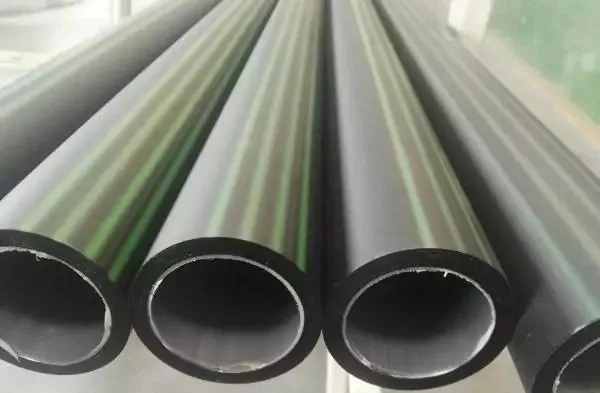

Molecular adsorbents have been successfully used in polyolefin extruded pipes, injection and extrusion blow molded containers, insulation packaging materials, extruded outer packaging materials and sealing polymers. Molecular adsorption powder can also be added to plastics as a hygroscopic agent to remove water vapor, which can also contribute to the odor of plastic products.
2. Using antibacterial agent
Adding antibacterial agents to plastics can not only reduce its odor, but also delay the aging, discoloration and embrittlement of the product surface. The most commonly used antimicrobial agents are 10,10'-oxodiphenoxaline (OBPA), trioxyhydroxydiphenyl ether (Triclosan), isothiazolinone (OIT), and pyrithione (Pyrithione). Organometallic compounds containing tin and silver are sometimes used as antibacterial agents.
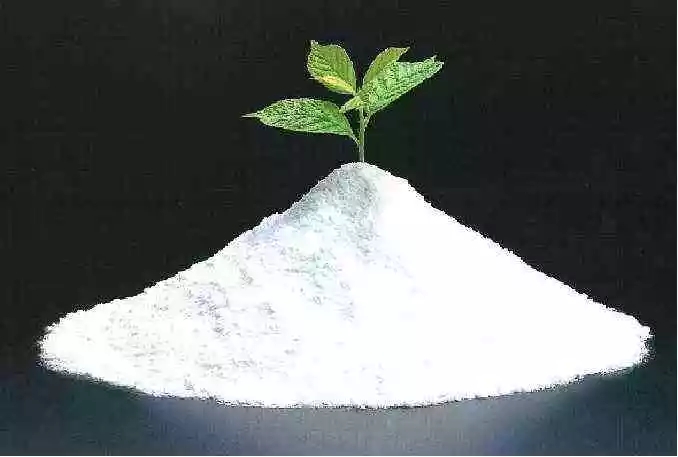

3. Use the desorption method
Another method of deodorization is to place the plastic in an odor adsorbent such as activated carbon and high surface area silicate. The vacuum treatment environment can speed up this desorption process.
Treating plastic particles with a special detergent solution can also help remove odors. Generally these cleaners are aqueous or alkaline solutions containing surfactants. These cleaners can effectively remove vinyl chloride monomers, styrene, acrylates, acrylic monomers and unsaturated hydrocarbons.
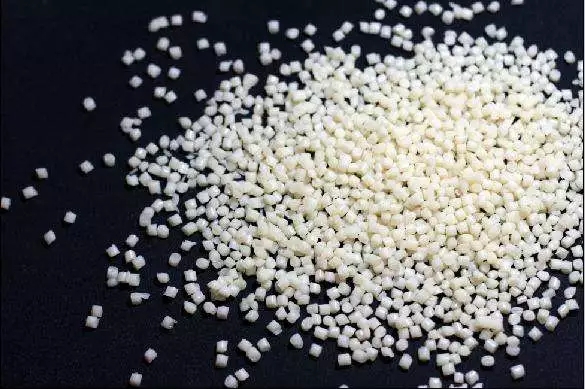

4. Add fragrance
Adding fragrance to plastics does not eliminate unpleasant odors, but it can cover these odors. In many cases, this is sufficient for the purpose. This method can be applied to polyethylene, polypropylene, and polyolefin thermoplastic elastomers. Processing methods include injection molding, extrusion, or blow molding.
The retention time of the fragrance is not necessarily equal to the life of the molded part. The retention time depends on the degree of aggregation, volume to surface area ratio, whether it is exposed to heat or humidity, and whether the molded part is tightly sealed and air-packed. Fragrances are generally used in toys, household goods, cosmetic containers, household appliances and garden equipment.
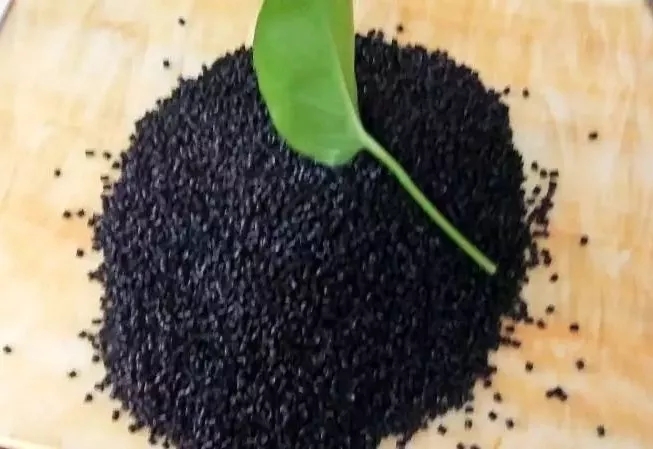

5. Waste plastic odor treatment method
Waste plastics often produce an unpleasant smell. Most recycled plastics, such as HDPE, PP, PVC, PET, etc., will be washed with an aqueous solution to remove contaminants. But the smell adsorbed inside the plastic will remain. Organic solvent extraction methods help remove odor-causing compounds. The latest solvent extraction method also uses supercritical carbon dioxide as the solvent.
This technology has been applied to HDPE and PET, it can remove odorous pollutants on oil containers, pesticide containers and other waste devices. The advantage of the carbon dioxide extractant is that it does not cause troublesome post-treatment problems with organic solvents.
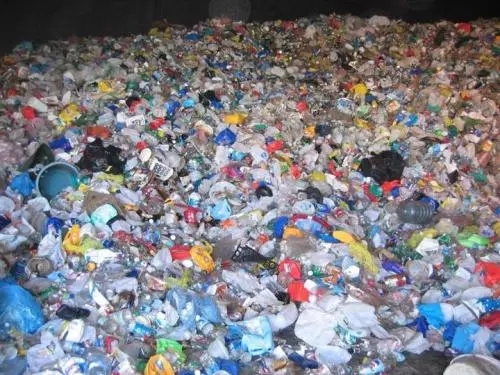

The odor removal device is an integral part of the waste plastic pellet extruder. It can also effectively remove some strong volatile compounds that will generate odor.
The high-temperature exhaust gas recycling and utilization equipment of plastic extruder jointly developed by Anhui Cleaning Environmental Protection Technology Co., Ltd. and Fujian Normal University can be applied to the treatment of exhaust gas in the production of different types of new plastic materials and waste materials, all of which can achieve ultra-low emission requirements.
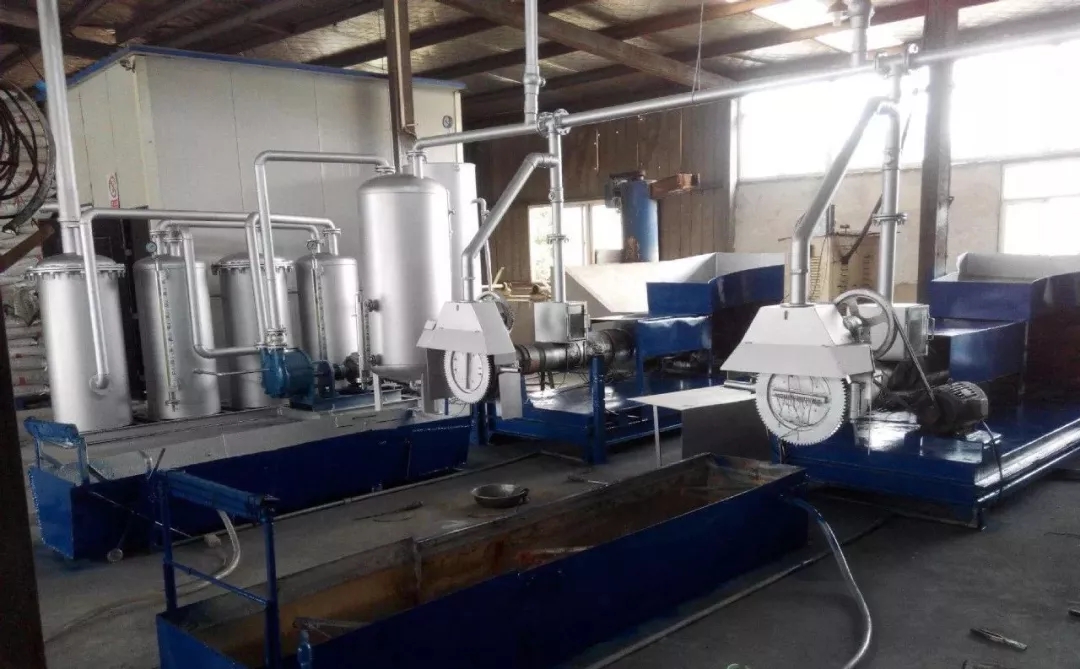

6. Scale of plastic odor
Smell is a subjective problem that varies from person to person, so how to develop a system to scale smell is very difficult. The first step in objectively confirming the smell is to ask a group of people to distinguish whether the smell they smell is pleasant or unpleasant.
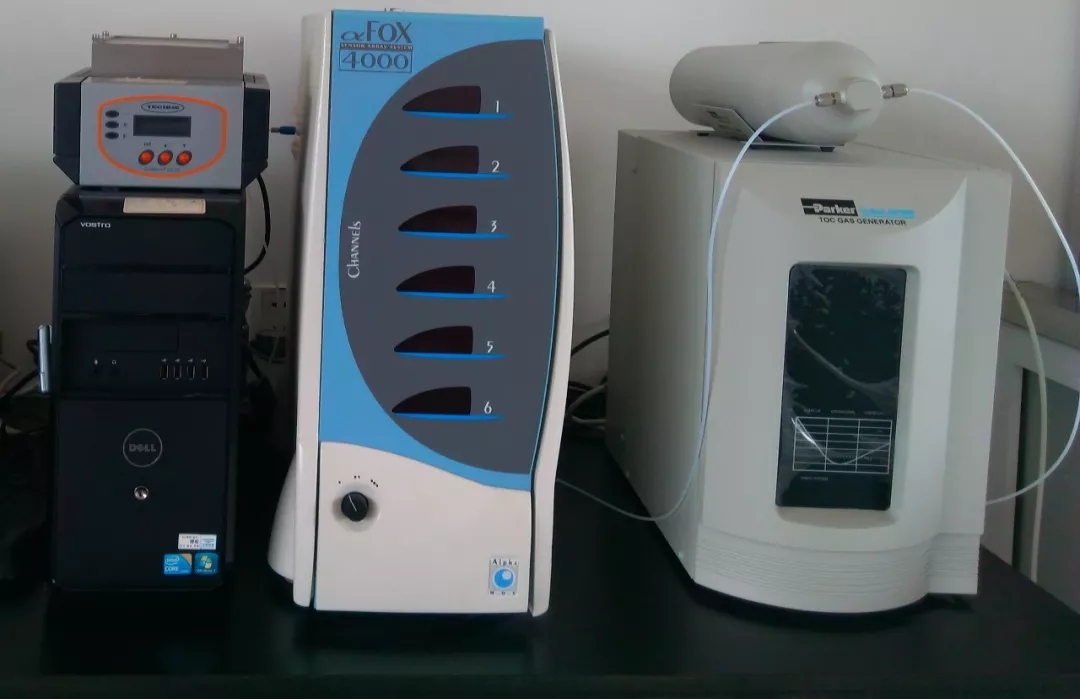

The latest plastic odor detection instrument is a device that becomes an "electronic nose", which relies on electronic probe dot matrix and pattern recognition technology to work. According to specific requirements, volatile odors can be classified as pleasant, neutral, unpleasant, or reported in the form of intensity and molecular aggregation.
The birth of plastics is a great gospel of a class, but the environmental protection issues in the processing and production process have been controversial. How to make the processing and production of plastics and recycling the whole industry chain more environmentally friendly, we also look forward to more new technologies to come Solve the environmentally friendly nature of plastics, such as the processing technology of plastic smells shared today.
Scan the QR code to read on your phone
Page Copyright - Jiangsu Taiyi Plastic Technology Co., Ltd. 苏ICP备2020070769号-1 Powered by www.300.cn





